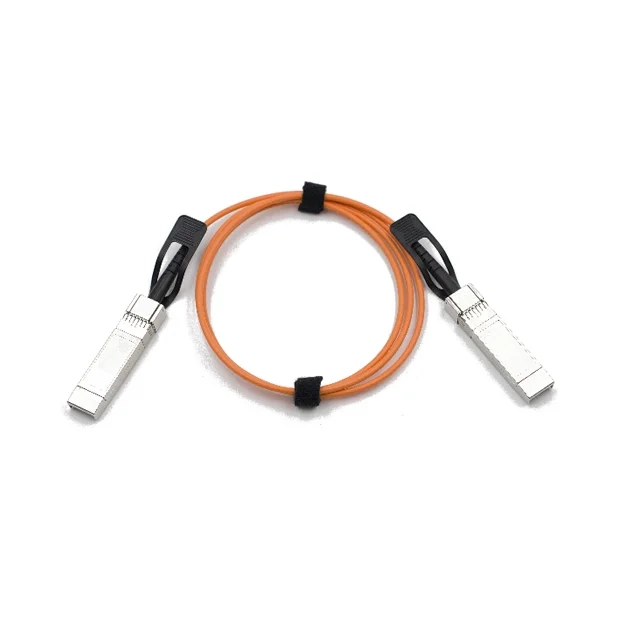Optical modules are an important part of optical communication systems and are used for transmitting and receiving optical signals. However, optical modules may become damaged or malfunction due to prolonged use or improper operation. In order to ensure the normal operation of the optical communication system, it is crucial to promptly inspect and repair damaged optical modules. This article will introduce some common methods and steps to help you check whether the optical module is damaged.

Appearance inspection: First, appearance inspection is the first step to determine whether the optical module is damaged. Carefully observe the appearance of the optical module and check whether there is any obvious physical damage, such as cracks, scratches, deformation, etc. At the same time, check whether the connector of the optical module is intact and whether it is loose or has fallen off. If any abnormalities are found, the optical module should be replaced or repaired in time.
Optical power detection: Optical power detection is one of the important means to determine whether the optical module is working properly. Use an optical power meter to measure the transmit power and receive power of the optical module. For the transmit power, connect the optical power meter to the output port of the optical module and measure whether the transmit power is within the specified range. For the received power, connect the optical power meter to the input port of the optical module and measure whether the received power is within the specified range. If the transmit power or receive power is found to deviate from the specified range, it may mean that the optical module is faulty or damaged.
Signal quality detection: In addition to optical power detection, signal quality detection can also be used to determine whether the optical module is damaged. Use a spectrometer or optical network analyzer to analyze the spectral characteristics and frequency response of the optical module. By observing the spectrogram and spectrogram, you can determine whether the optical module has frequency offset, noise interference, or other signal quality problems. If the signal quality is found to be unstable or abnormal, the optical module may need to be further inspected and repaired.
Temperature detection: The operating temperature of the optical module is an important parameter for its normal operation. Use an infrared thermometer or temperature sensor to measure the operating temperature of the optical module. If the temperature of the optical module exceeds the specified range, the optical module may be damaged or its performance may be degraded. Therefore, timely detection and adjustment of the operating temperature of the optical module is the key to ensuring its normal operation.
Troubleshooting: If the above inspection methods still cannot determine whether the optical module is damaged, you can try troubleshooting. First, check whether the optical module is connected correctly and whether it is loose or detached. Secondly, check whether the drive circuit and control circuit of the optical module are working properly. If the problem still cannot be solved, you may need to replace the optical module or seek professional technical support.
To sum up, checking whether the optical module is damaged requires steps such as appearance inspection, optical power detection, signal quality detection, temperature detection, and troubleshooting. Through these methods and steps, damage to the optical module can be discovered and repaired in time to ensure the normal operation of the optical communication system. At the same time, regular maintenance and upkeep of optical modules is also an important measure to prevent damage, which can extend the service life and performance stability of optical modules.
Revealing the key factors affecting the transmission speed of optical modules
Performance indicators of optical modules: key parameter analysis and application discussion
Explore optical module transmission distance and rate
Explore different types of optical module interfaces
Optical modules: From origin to future, explore the development history of optoelectronic devices
Optical module: core composition and structural analysis of optical communication system
Optical modules application guide: 7 key considerations to ensure smooth communication
The relationship between optical module power and optical communication performance
Core components of optical modules and their role in optical communication systems
Transmission rate and transmission distance of optical modules
Analyze the importance of performance parameters of optical modules in optical communication systems
Optical module heat dissipation design: key technology to ensure performance and lifespan
Optical module packaging form and size standards
Explore optical module compatibility issues
Application and technical requirements of optical modules in 5G communications
Why optical modules can solve network delay problems
How do optical modules improve data center performance and efficiency?
Market demand analysis of optical modules
mia
coco.li@fineconn.cn


